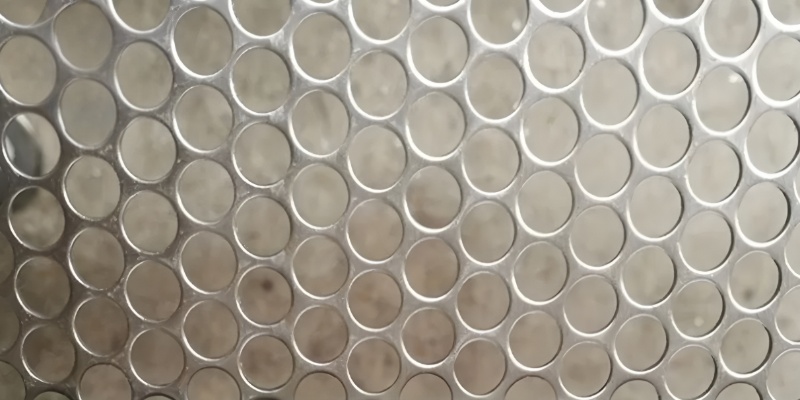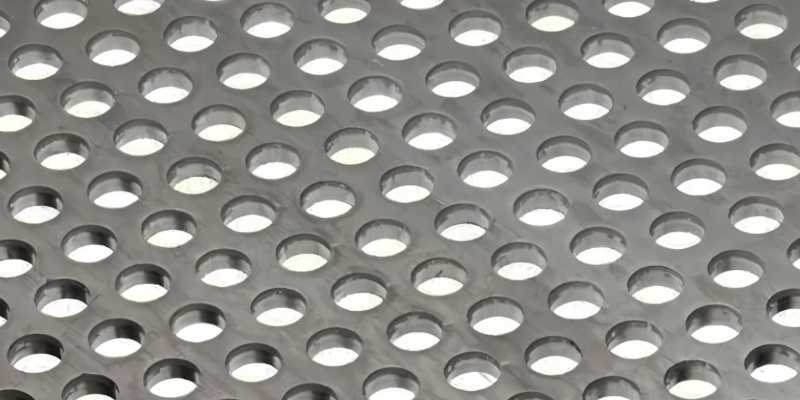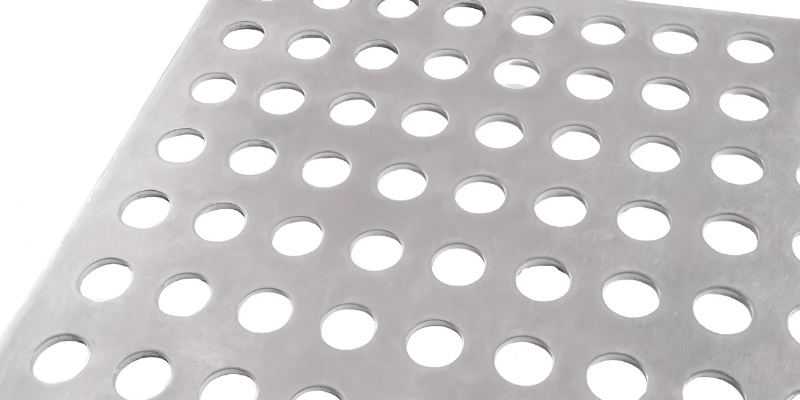How to Choose the Right Open Area Ratio?
High Open Area Ratio (Above 50%)
Best for maximizing light and airflow, such as in sunshades and air filtration units.
Medium Open Area Ratio (20%–50%)
Ideal for balanced functionality, like equipment covers or parking lot fencing.
Low Open Area Ratio (Below 20%)
Preferred for privacy, structural strength, or airflow limitation, as in safety screens or insulation panels.
The open area ratio is a fundamental determinant of how metal perforated panels perform. A higher ratio enhances transparency and ventilation, while a lower ratio improves privacy and durability. Choosing the right configuration based on specific application needs ensures optimal function, safety, and longevity.
If you need a customized solution, we offer tailor-made Metal Perforated Panels based on your material, specification, and open area requirements. Contact us for professional support and personalized design services.


